When Steven Spielberg recently said the next Indiana Jones could be female, it opened the door for several conversations about how we define “character” vs. how we define a specific character.
In this case, what makes Indiana Jones “Indiana Jones”?
Is it a matter of recognizable physical traits? (The hat, the whip, the stubble?)
Does it depend on the character demonstrating consistent behaviors, quirks, and styles? (The quips, the archaeology, the misadventures?)
Does it all come down to the actor or actress who plays her/him? (Harrison Ford, River Phoenix… Sean Patrick Flanery?)
The answer, I suspect, is “all of the above.”
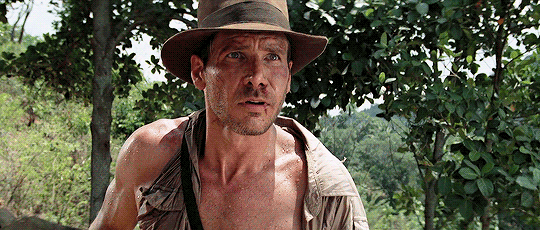
After all, Indiana Jones is a rare case: an iconic character who has (by and large) only been played by the same actor throughout every main canonical appearance [as an adult].
As a result, asking fans to envision another actor playing Indy feels like an aesthetic threat because Ford’s performance is so intrinsic to the character’s essence. But such an exercise is also a low-key reminder that Indiana Jones will likely outlive Ford… and all of us. Indiana Jones is a Disney property now, so it’s likely that he’ll live forever, to be played by dozens of actors throughout the next century and beyond.
So, given the likelihood that Indiana Jones will almost definitely be played by another actor in our lifetimes… why not change his gender identity to female? Why not age him up or down? Why not have a black Indiana Jones, a gay Indiana Jones, or a blind Indiana Jones?
In other words, the real question is: how many of a character’s defining traits can you change before they become… something else?
Maybe the best example to refer to is another icon whose identity is ever-changing.
Shaken, Not Stirred
When you think of James Bond, who do you see in your mind?
Your answer to this question probably depends on three factors:
- How old you are
- Which order you saw the James Bond films in
- Which Bond is your favorite
As a kid, I only had the Roger Moore and Sean Connery versions of James Bond to consider. (Sorry, George Lazenby; I still haven’t seen On Her Majesty’s Secret Service.)
Moore was the active Bond when I first became aware of the character, so at that time, that’s who James Bond was to me. But to my parents, Moore was a joke. For them, Connery was the real Bond, because that’s who they’d watched originate the role.
And to my younger friends who only started watching Bond movies when Pierce Brosnan or Daniel Craig took over the role, those two are the main Bonds in their minds.
(I’ve yet to meet anyone whose knee-jerk answer to this question is “Timothy Dalton,” but it’s a big world, so there’s still time.)
The point is that the essence of James Bond has survived portrayals by half a dozen actors of vastly different physical appearances and personalities. Despite author and creator Ian Fleming‘s original description of James Bond as looking like actor Hoagy Carmichael, the truth is that James Bond has looked and behaved very differently from decade to decade since his inception in 1953.
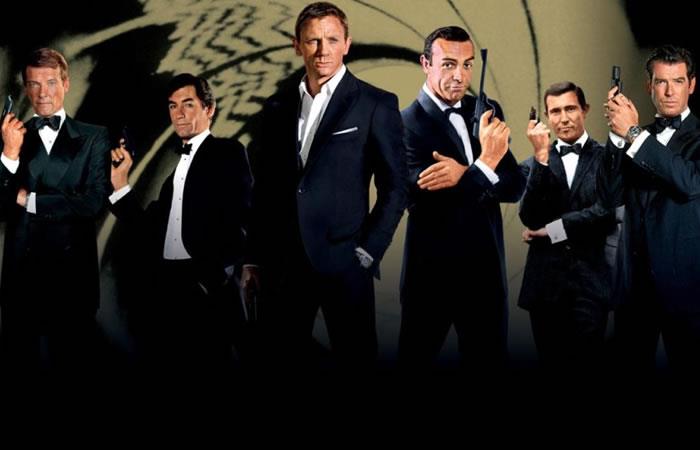 The character of James Bond has also survived an aesthetic merry-go-round as well. Despite the tonal shift from the semi-serious Connery era to the campy Moore era, the gritty Dalton era, the ouroboros Brosnan era, and the grim Craig era, “James Bond” is still James Bond.
The character of James Bond has also survived an aesthetic merry-go-round as well. Despite the tonal shift from the semi-serious Connery era to the campy Moore era, the gritty Dalton era, the ouroboros Brosnan era, and the grim Craig era, “James Bond” is still James Bond.
So, what stayed the same?
Aside from James Bond always being a straight white guy?
Honestly… not much.
James Bond is a secret agent. His number is 007, he has a license to kill, and he goes on high-stakes spy missions around the world. He has a no-nonsense boss (M), a techno-wizard weaponry supplier (Q), and a loyal secretary (Miss Moneypenny). He always beats the cartoonish villain after defeating the absurd henchmen, and — unless it’s crucial to the plot — he always gets the girl.
Other than that, everything else is up for grabs.
Does he know judo? Sure. Can he fly a helicopter? Of course! Is he an expert fencer? Why not?
Is he glib? Sometimes. Is he brooding? Yes, lately. Is he a lot of fun to be around? Uh… it depends.
James Bond knows whatever skills and possesses whatever personality the filmmakers need him to have in order to tell a convenient story about the perils of unchecked power in the modern era.
So if James Bond’s variability is at least as notable as his few consistent traits, then there’s no reason why Idris Elba or Jean Dujardin or Emily Blunt wouldn’t make a fantastic James (or Jane) Bond.
They’d just need a sharp suit, a Walther PPK, an Aston Martin, and a vodka martini.
The rest is negotiable.
We Named the Dog Indiana
In theory, any character can have their gender, ethnicity, age, sexuality, or other “defining” aspect changed without necessarily changing the character’s essence.
The change just needs to separate the character’s essential traits from their circumstantial traits.
It’s why Sherlock Holmes is always Sherlock Holmes no matter who’s playing him.
It’s why Captain America is always Captain America no matter who’s under the mask.
And it’s why Doctor Who can regenerate as a woman and still be Doctor Who.
Want to know what aspects of a character can’t be changed without breaking the mold?
Here’s a simple answer:
Look at how that character has been portrayed by animals in cartoons.
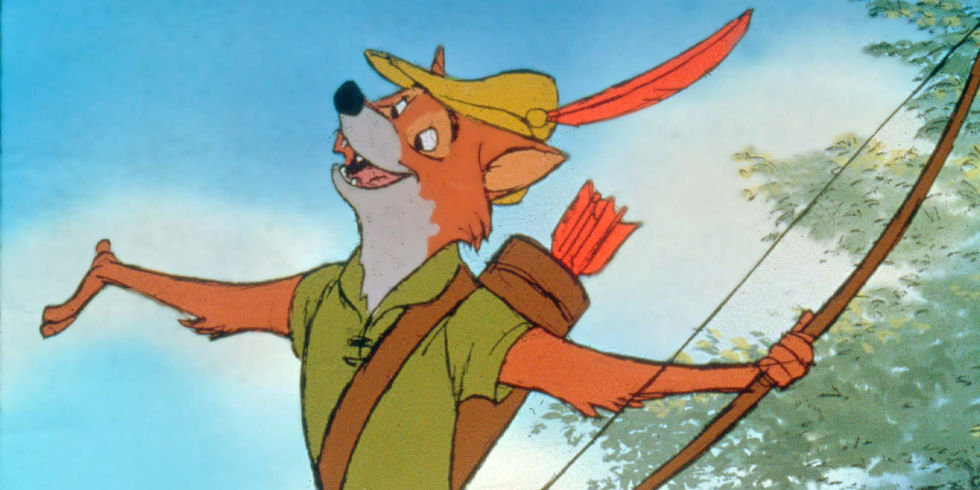
In Disney’s Robin Hood, the legendary archer is a literal fox.
But he’s also sly, witty and agile, a thief on behalf of the poor, a vocal enemy of the Sheriff of Nottingham, and an expert archer in green.
Thus, any portrayals of Robin Hood that include these same traits can be considered representatively congruent with the character’s original depiction.
Meanwhile, any others…
Well…
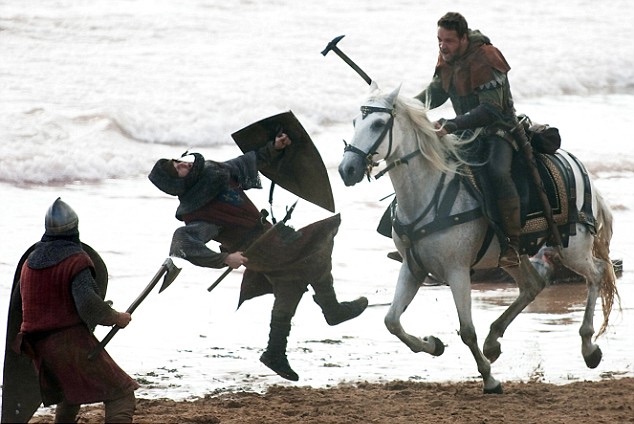
The Change-Up
So, we know that Indiana Jones could be a female character and still be “Indiana Jones,” as long as the character’s essential traits remain intact.
But what would be different about a female Indiana Jones?
Consider the realities of her circumstances.
A female archaeologist in the 1930s would have a very different experience while traveling the world. But while those changes would be vital to the new incarnation of the character, they would also be largely circumstantial. A female Indiana Jones could still wear a fedora, crack a whip, and sheepishly smile her way through fisticuffs and biplane showdowns from continent to continent while thwarting sexism, all without breaking the mold of what makes Indiana Jones “Indiana Jones.”
But we’re still left with one unanswered question:
Why change Indiana Jones into a female character?
Why NOT leave him as a male character? If balanced gender representation in mainstream culture is a visible concern (and, personally, I agree that it should be), then why not create a new female companion who’s just as brave and heroic as Indy is, so they can…
Uh…
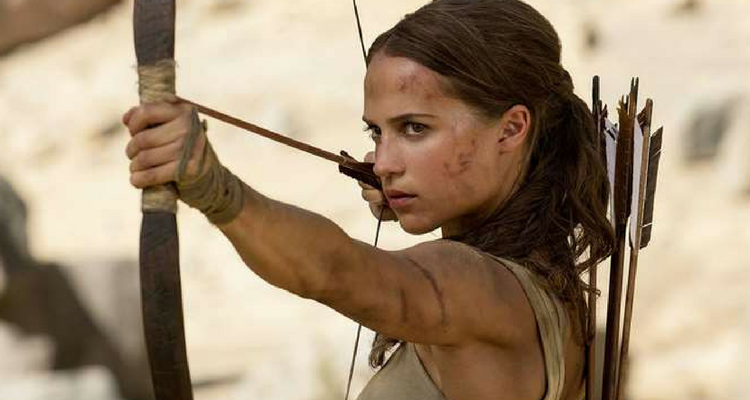
Well, there’s also that angle.
But look, here’s the thing:
For the past century, most mainstream films and TV shows have told stories about straight white dudes that were created by straight white dudes. That POV is wildly overrepresented across all forms of media, and only now have the media companies finally started to realize that a diversity of representation matters in storytelling.
Yes, creating all-new characters to represent the whole wide diaspora of humanity makes absolute logical sense. There should be stories about female treasure hunters, black superheroes, Asian bros, nail salon mafias, bisexual pirates, and more. As Black Panther proved, when those stories are well-told and well-made, audiences will show up in droves.
Except… Black Panther isn’t technically a “new” idea.
He’s a fifty year-old comic book character (created by white guys) who’s appeared in a variety of media over the past five decades, including a previous hit Marvel movie that was distributed worldwide by Disney. Even before he headlined the highest-grossing superhero film of all-time, Black Panther had some name recognition. He may not have been a household name a year ago, but compared to a brand new original idea, Black Panther was a safe bet.
So is adding Rey and Finn and Rose to the Star Wars universe, rather than creating a whole new space opera from scratch.
And so is gender flipping Indiana Jones, if Disney and Spielberg decide to.
Why?
Because Hollywood is terrified of sinking $100M+ into producing new films based on unknown, unproven, untested concepts. They’re afraid audiences won’t show up — because they usually don’t. (See: Valerian, Jupiter Ascending, Crimson Peak…) And they know that trying to motivate people to invest their time, attention, and money in a brand new property is infinitely harder than just rebooting the same beloved characters again and again and again.
We show up for what we know.
The paradox is, what we know can’t change if we never see anything new.
What Can You Do About It?
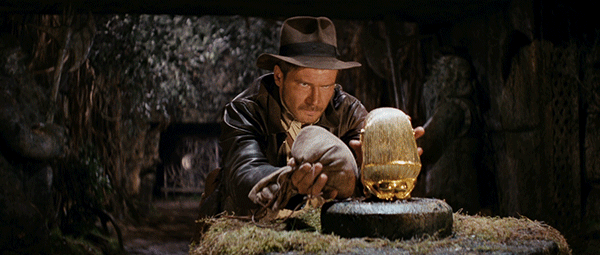
Well, when it comes to Indiana Jones, James Bond, or Robin Hood, not much.
Hollywood’s gonna Hollywood, which means they can keep rebooting, retconning, and reconfiguring your favorite properties over and over… and even if you don’t go see them, enough other people will that it’ll probably still be profitable. (Which means they’ll keep doing it.)
But there is something else you can do that might have an even bigger effect, and save some of your favorite iconic characters from being iterated into oblivion.
Next time Hollywood or HBO or Netflix or Marvel or, hell, your corner independent bookstore serves up a story about someone who isn’t a straight white male… watch it.
Read it.
And if you enjoy it, tell everyone you know about it.
The more people who end up watching and reading stories with a diverse cast and a wide representation of characters, the more profitable and viable that media becomes. And that means Hollywood will be inclined to make more, which makes those bets safer. Over time, those new stories will become the icons of a new generation.
All of which means there’ll be less need to reconceive classic characters in new forms, because those new forms will already exist in new characters who are equally beloved, and whose existence solves a large part of the representation puzzle.
But you still can’t stop people from reconceiving your favorite characters as animals, though.
That’s just irresistible.
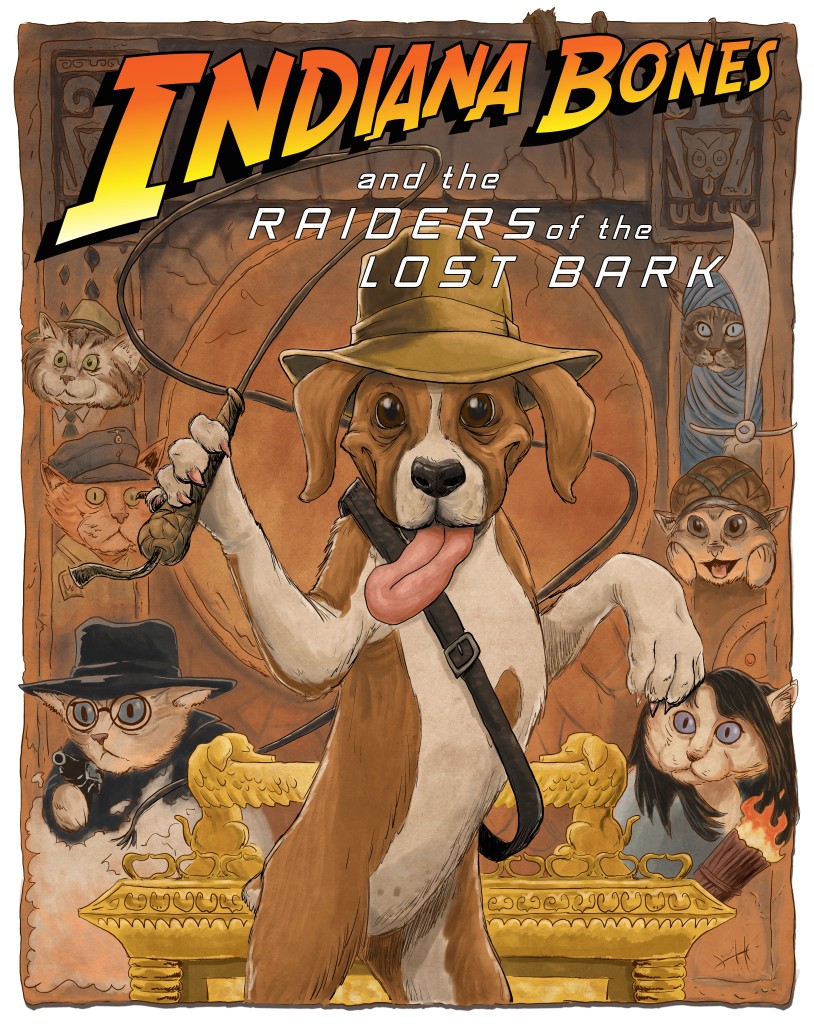
If You Enjoyed This Post
… then you may also like why every Marvel movie tells the same story, or why Black Sails has one of the best main characters in TV history.
Why Black Sails Has One of the Best Main Characters in TV History
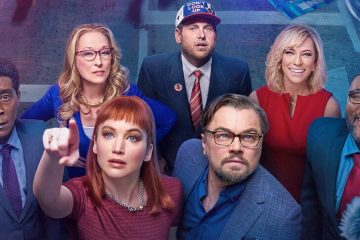
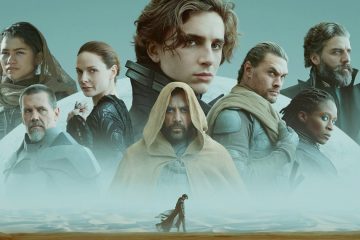
0 Comments